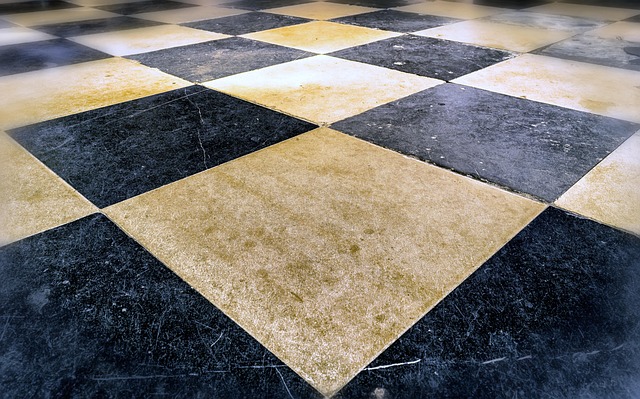Understanding your tile floor type (ceramic, porcelain, stone) and its unique needs is key to effective cleaning. Prepare by sweeping/vacuuming, identifying issues like stains or grime, and selecting tools tailored to your tile material to prevent damage. Choose eco-friendly cleaning solutions specific to tile types for safe, thorough cleaning. Manual techniques like mopping and steam cleaning effectively remove dirt and stains without chemicals. Steam cleaning is a top method for grout removal and deep cleaning. Tech advancements like robotic vacuums aid in navigating complex layouts. Proper drying after cleaning using methods like dry mopping prevents moisture-related issues, enhancing tile floor durability and aesthetics.
Keeping your tile floors sparkling involves understanding the best methods for cleaning tile floors tailored to their type. This comprehensive guide delves into the intricacies of tile floor care, from identifying your flooring material to harnessing the power of technology.
Learn the effective pre-cleaning steps, choose the right solutions, master manual techniques, explore steam cleaning’s benefits, and discover how modern tools like vacuum cleaners and robots can simplify the process. Ultimately, this article equips you with the knowledge for achieving gleaming tile floors.
Understanding Your Tile Floor Type
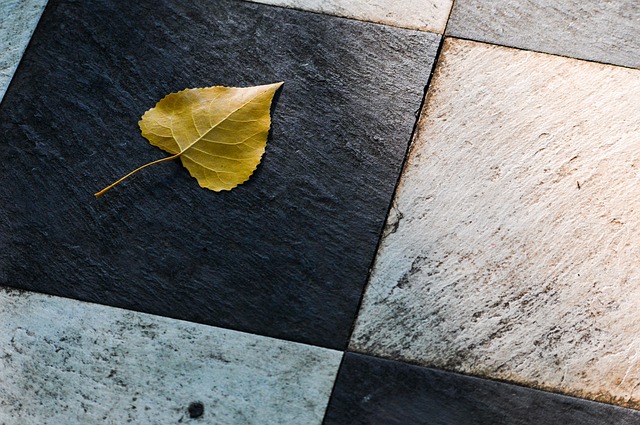
Understanding your tile floor type is crucial when selecting the best methods for cleaning tile floors. Ceramic and porcelain tiles are popular choices, known for their durability and versatility. However, each material has unique properties that influence cleaning techniques. For instance, ceramic tiles may be more susceptible to staining and require regular sealing to maintain their finish. Porcelain, on the other hand, is denser and often requires specialized cleaners to prevent damage from abrasive substances.
Before beginning your cleaning regimen, consider the grout lines as well. Grout can collect dirt and bacteria, necessitating periodic cleaning. Different tile floors may also have varying levels of texture or design, which can affect the level of effort needed for deep cleaning. Identifying these factors will help you choose the most effective cleaning tools and products to ensure your tile floors remain in top condition.
Effective Pre-Cleaning Preparation Steps
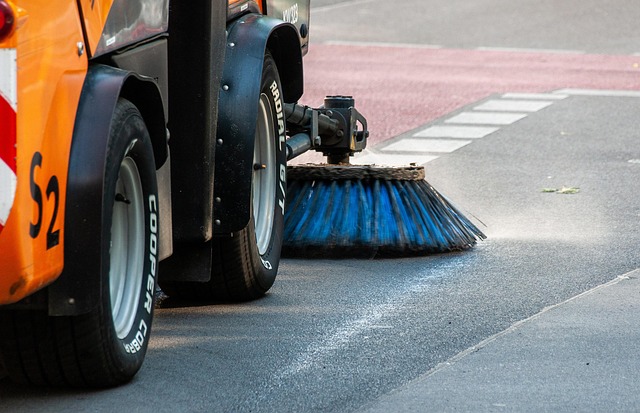
Before diving into the cleaning process, proper preparation is key to achieving optimal results with the best methods for cleaning tile floors. Start by sweeping or vacuuming your tile floor to remove any loose dirt, debris, or dust. This initial step prevents scratches and ensures that your cleaner penetrates effectively. Next, identify and address any specific issues like grout stains or hard-to-remove grime. Pre-treating these problem areas with an appropriate cleaner or scrub can significantly simplify the main cleaning process.
Additionally, consider the type of tiles you have. Different tile materials, such as ceramic, porcelain, or stone, may require unique care. Using the right tools and cleaners tailored to your tile type prevents damage and ensures a thorough clean. Pre-cleaning preparation is an essential step in maintaining the longevity and aesthetic appeal of your tiled surfaces.
Choosing the Right Cleaning Solutions
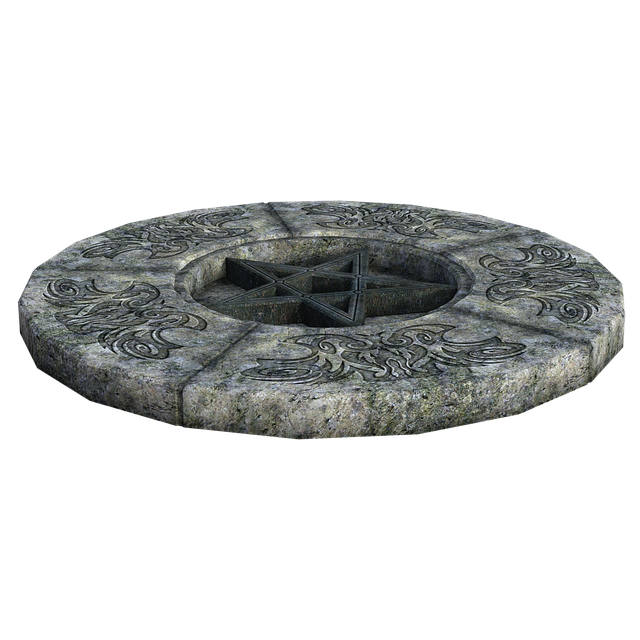
When it comes to cleaning tile floors, selecting the right cleaning solutions is a crucial first step. The best methods for cleaning tile floors involve choosing products that are specifically formulated for your type of tile and grout. For example, ceramic tiles may require a gentle, pH-neutral cleaner, while natural stone tiles like marble or granite necessitate more specialized solutions to avoid damaging their unique properties. Always read product labels and follow the manufacturer’s instructions.
Additionally, considering the environmental impact is a smart choice. Many modern tile floor cleaning solutions are eco-friendly, using plant-based ingredients and minimizing harsh chemicals. These options not only contribute to a healthier living space but also help preserve the planet. Incorporating these best methods for cleaning tile floors ensures both effective sanitization and longevity of your tiled surfaces.
Popular Manual Cleaning Techniques
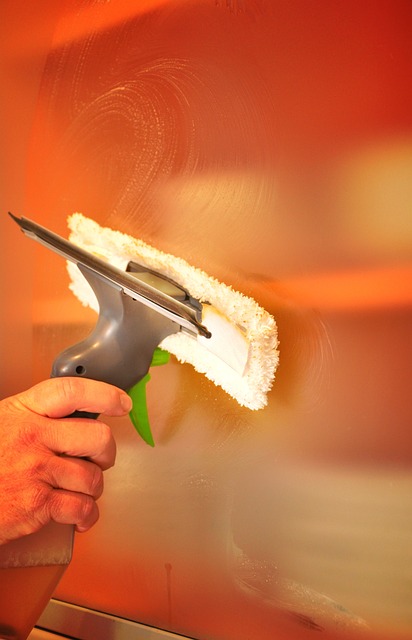
When it comes to manual tile floor cleaning, several effective techniques have proven popular among homeowners and professionals alike. One of the most common methods involves using a mop and warm water with mild detergent. This simple yet powerful approach is ideal for removing loose dirt and grime from large areas. For more stubborn stains, a scrub brush can be employed alongside a suitable cleaner, ensuring deeper cleaning without damaging the tiles or grout lines.
Another manual technique gaining traction is steam cleaning. This eco-friendly method utilizes steam to loosen and eliminate deep-seated dirt particles, leaving floors squeaky clean. Steam cleaners are versatile and suitable for various tile types, making them a popular choice for those seeking thorough yet chemical-free cleaning. Whether it’s a traditional mop or the latest in steam technology, these best methods for cleaning tile floors offer efficient and effective solutions for maintaining a spotless and appealing tiled surface.
The Power of Steam Cleaning

Steam cleaning is a powerful and effective method for deep cleaning tile floors. It involves using high-temperature steam to loosen and remove dirt, grime, and even tough stains. This technique is particularly useful for tiles with grout, as the steam penetrates the pores of the tile and grout lines, lifting away embedded debris.
By employing the best methods for cleaning tile floors, including steam cleaning, you can achieve a deeper clean that extends the life of your flooring. It’s an eco-friendly approach as it uses minimal chemicals and relies on hot water and steam pressure to deliver exceptional results. This method is also quick-drying, allowing tiles to be used again almost immediately after cleaning, making it a practical choice for busy households and commercial spaces alike.
Using Technology: Vacuum Cleaners and Robots
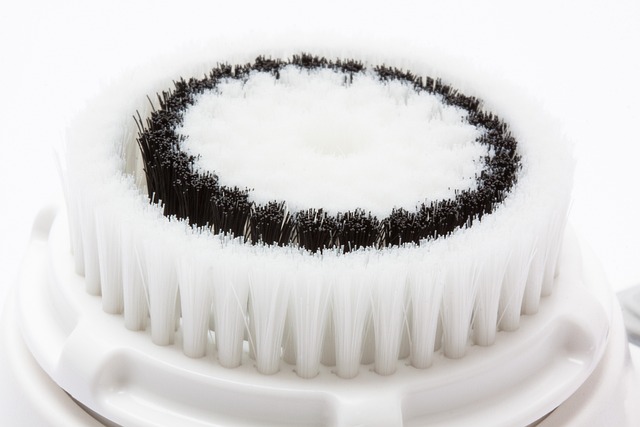
In today’s digital era, the best methods for cleaning tile floors often incorporate advanced technology to enhance efficiency and effectiveness. One such innovation is the use of vacuum cleaners designed specifically for hard surfaces. These devices not only remove dirt and debris but also capture particles deeply embedded in the grout lines, ensuring a thorough clean. Additionally, robotic vacuums have entered the market, offering automated solutions for tile floor cleaning. These robots can navigate complex layouts, under furniture, and into tight spaces, making them ideal for busy households or commercial settings with high foot traffic.
When it comes to tile floor cleaning techniques, these technological advancements complement traditional methods like mopping and brushing. By combining human oversight with robotic assistance, you can achieve sparkling results while saving time and effort. Vacuum cleaners and robots ensure that your floors remain pristine without the hassle of constant manual labor, making them indispensable tools in maintaining a clean and inviting space.
Drying and Curing Your Tile Floors
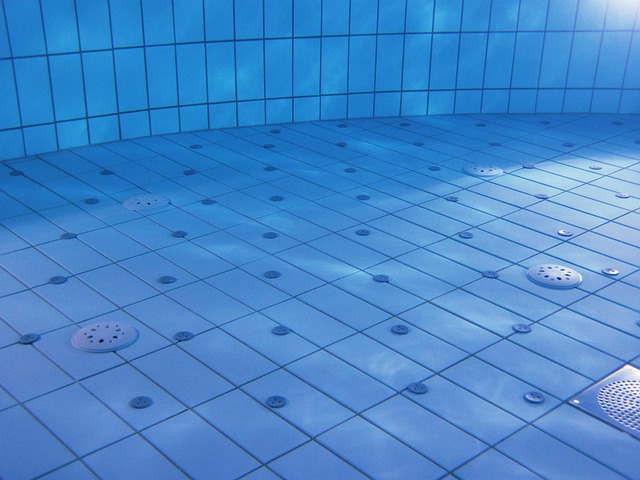
After thoroughly cleaning your tile floors, the next crucial step is drying and curing them properly. This involves allowing enough time for water to evaporate completely, ensuring no moisture remains trapped within the grout lines or tile surfaces. The best methods for cleaning tile floors include using a dry mop or sponge to absorb excess water immediately after scrubbing. Avoid excessive use of towels as they can leave behind moisture, potentially causing damage over time.
Curing your tile floors involves allowing them to air dry for an extended period, often 24-48 hours. Proper curing allows the sealer and grout to fully harden, enhancing the floor’s durability and preventing stains. During this time, avoid heavy foot traffic or placing furniture on the floors to expedite drying. Once cured, your tile floors will be clean, stain-resistant, and ready to showcase their beauty for years to come.
